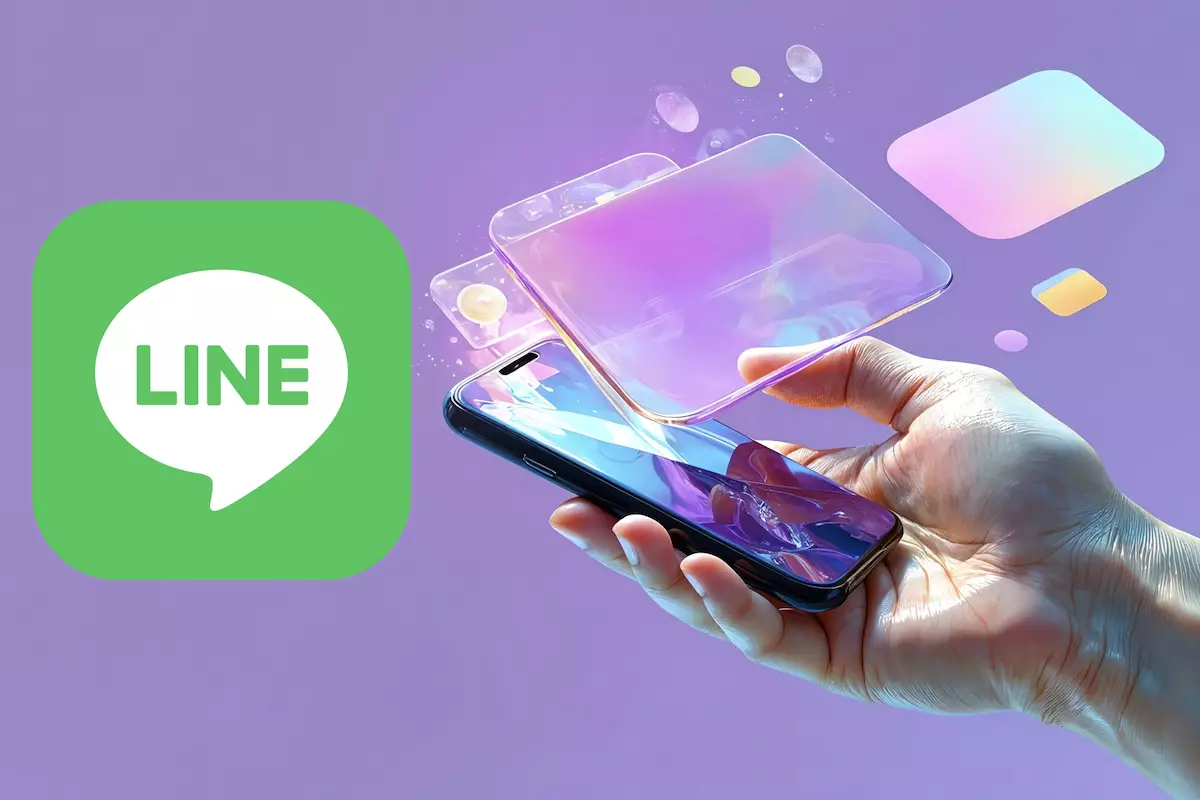In recent years, the world has seen an undeniable shift towards digital interactions, with messaging apps shaping the way we communicate. LINE, a leading Japanese messaging platform, is taking a bold step into the realm of blockchain technology. With an ambitious vision, LINE plans to launch 30 mini-decentralized applications (dApps) throughout 2024, thus integrating blockchain features into the daily lives of its users. This initiative is not merely about technological advancement, but rather about transforming how users engage with digital platforms, making blockchain more accessible and user-friendly.
The introduction of these dApps, functioning within the familiar LINE interface, seeks to streamline interactions, gaming, and financial management. Unlike traditional applications, which rely on centralized servers, these decentralized applications will harness the power of blockchain, thereby enhancing user privacy, promoting transparency, and reducing vulnerabilities associated with data control. This significant overhaul could redefine digital interaction paradigms, rendering complex blockchain systems simple enough for the average user.
Before venturing into the dApp space, LINE heralded its success with DOSI, a digital commerce platform that took the market by storm upon its beta launch in January 2024. The statistics speak volumes: over 5.5 million users have flocked to DOSI, culminating in 560,000 transactions—a feat that underscores the platform’s viability and appeal. This success not only legitimizes LINE’s capabilities in managing digital platforms but also sets a solid foundation for its foray into blockchain with dApps.
The platform’s rapid acceptance showcases a growing trend towards digital commerce, where consumers increasingly seek integrated experiences that span beyond mere messaging. LINE’s strategic pivot into dApps embodies an evolution of user engagement, one that merges entertainment, social interaction, and practicality within a single ecosystem.
What sets LINE’s mini dApps apart is their focus on daily utility without the convoluted processes typically associated with blockchain technologies. From AI-driven chat functionalities to simpler social networking features and gaming applications, these tools are designed to enhance user interaction and enjoyment without overwhelming them with technical jargon.
The Kaia blockchain, which will underpin these applications, carries promises of scalability and security, critical elements for user retention in any digital space. As LINE takes this significant leap forward, it positions itself not only as a communication tool but also as a versatile platform capable of enriching everyday user experiences through innovative applications.
LINE’s pivot toward dApps is reflective of a larger movement within digital platforms to explore blockchain integration. As seen with platforms like WeChat, the incorporation of features such as payments and app ecosystems has transformed user interaction in profound ways. By introducing dApps, LINE is not just following in the footsteps of its competitors; it is crafting a unique pathway that aligns with the growing consumer appetite for expansive, integrated digital experiences.
Moreover, LINE’s existing blockchain initiatives, such as LINE NFT—a marketplace for digital collectibles—serve as a testament to its commitment to bridging the virtual and real worlds. Partnerships with well-known brands like Japan Airlines exemplify LINE’s strategy to connect users with tangible experiences, a trend that is likely to amplify with the introduction of its mini dApps.
Despite the exciting prospects, LINE must navigate several challenges as it rolls out its dApps. Regulatory scrutiny poses a significant factor, particularly regarding user data protection and transparent operations. However, LINE has emphasized its commitment to security, reinforcing the importance of trust in its expanding blockchain ecosystem. Successfully overcoming these hurdles could not only pave the way for LINE’s own future but also serve as a blueprint for other platforms aspiring to integrate blockchain technologies into their services.
LINE’s ambitious announcement of 30 mini dApps marks a pivotal moment in how messaging applications can evolve. By bridging the gap between communication and blockchain, LINE hopes to not just showcase advanced technology but to provide practical tools that enrich everyday digital experiences. If successful, it could herald a new era in which decentralized applications are as ubiquitous and essential as traditional messaging features.















